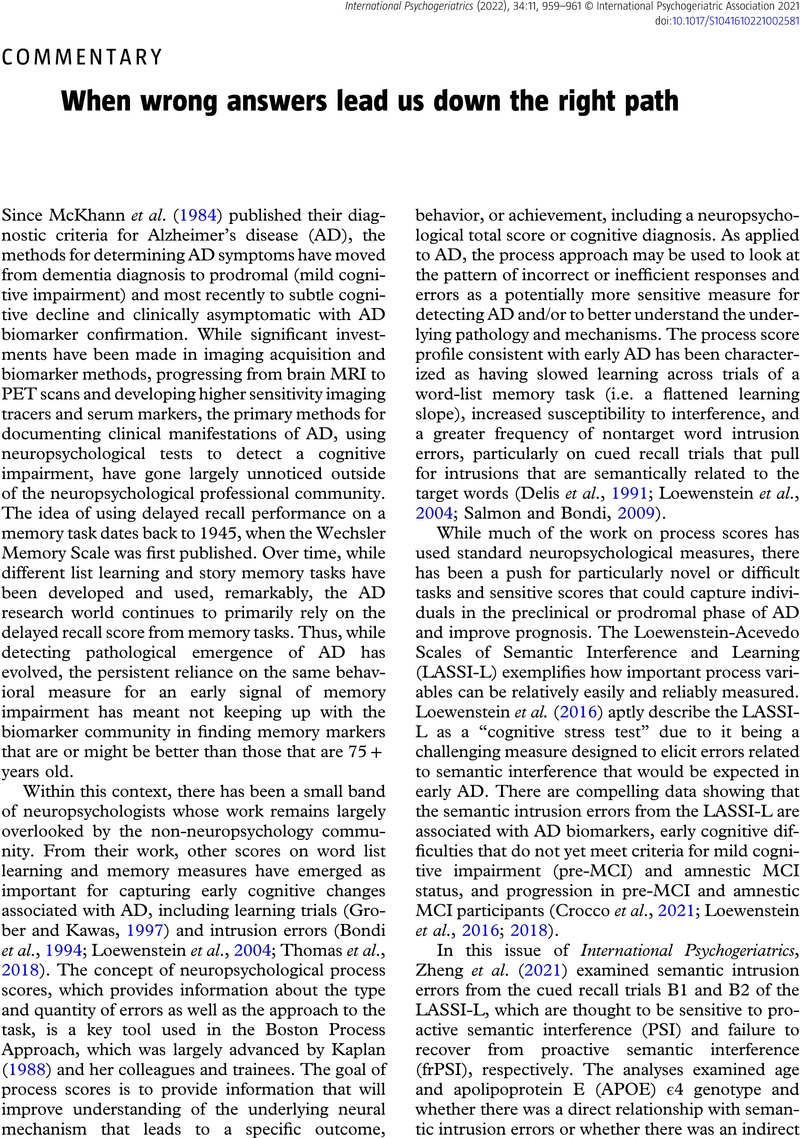Crossref Citations
This article has been cited by the following publications. This list is generated based on data provided by Crossref.
Jeste, Dilip V.
2022.
Caring for older adults with disabilities.
International Psychogeriatrics,
Vol. 34,
Issue. 11,
p.
941.
Kragulj, Florian
2023.
Knowledge Management and Sustainable Value Creation.
Vol. 11,
Issue. ,
p.
37.



